

Damion Smy
Chevrolet Corvette Grand Sport could get 6.7-litre LS6 V8 - report
15 Hours Ago
Porsche has continued to expand the 911 range, whipping the covers from the Targa 4 and 4S.
Today, the Targa is an all-wheel drive, high-spec stalwart of the regular Porsche 911 range. But when it was conceived in the 1960s, the car served two purposes.
Just as carmakers are battling tightening emissions standards in 2020, they were forced to find ways to make convertibles more rigid because of upcoming changes to American rollover safety regulations in the 1960s.
Rather than abandoning the convertible market, which would have left a huge hole in its North American line-up, Porsche dreamt up the Targa. It offered open top thrills and impressive safety performance in a rollover – not to mention a unique aesthetic, thanks to that iconic roll hoop.
The second reason was nostalgic. The first Targa, or ‘shield’ in Italian, was designed to celebrate Porsche’s victories in the Targa Florio.

Just four years after the first-generation coupe launched, the 911 Targa was introduced with a unique stainless steel roll bar at the back to meet rollover safety regulations in the US.
Dubbed a roll hoop, it replaced the typical B-pillars without risking occupant safety in the case of a vehicle rollover. It was accompanied by a rear screen that could manually fold down to let the air flowing in, just like a fully open convertible.
Mechanically, the 911 was designed for racing and rallying, with an air-cooled, rear-mounted engine design.
At launch, it was powered by a 2.0-litre six-cylinder boxer engine outputting 96kW with a five-speed manual transmission. In 1967, Porsche introduced a more powerful 120kW 911S variant, and an entry-level 911T model with only 81kW.
A long wheelbase platform was introduced in 1968, along with the addition of a semi-automatic Sportomatic model, which used a torque converter, automatic clutch and four-speed transmission.
In the longer 911 Targa, its rear screen became a permanent glass fixture, and the bar had three distinct vertical gills on each side.
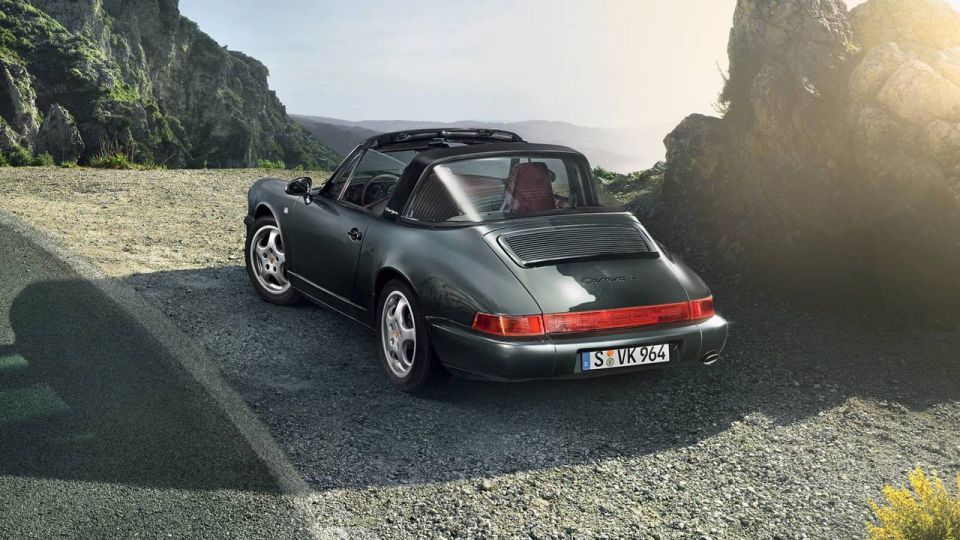
Available in Carrera 2 and Carrera 4 models, the 964 generation variant of the Targa was released just one year after the standard coupe launched.
The 964 Targa brought a satin black roll hoop as standard, but removed the cosmetic gills.
The 964 debuted a lot of firsts for the brand, including coil springs, anti-lock brakes, power steering, standard dual airbags (from 1991), Porsche’s Tiptronic automatic transmission and all-wheel drive as options.
The model was motivated by a new naturally aspirated six-cylinder 3.6-litre engine making 184kW of power and 310Nm of torque.
Vehicle stability was improved thanks to a new electric rear spoiler that raised at speeds above 80km/h and lowered flush with the rear engine lid at lower speeds.
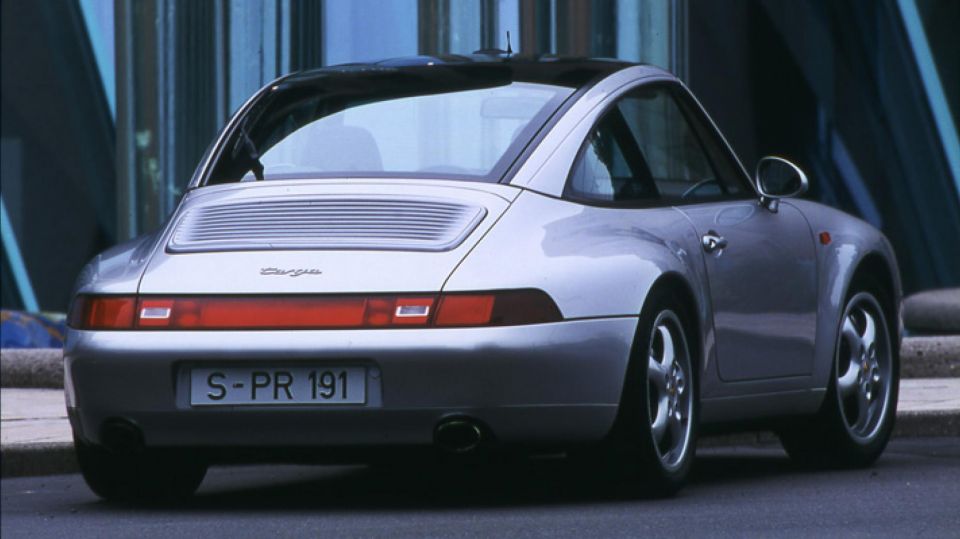
An even bigger change came to the 993-generation Targa. The roll bar was replaced with an expansive panoramic glass roof that spanned to the rear, dubbed the “greenhouse” system.
No longer was the roof manually operated; it was an electronic glass sliding roof mechanism that could be operated with a touch of a button.
The system proved expensive and unreliable, with many owners reporting creaking noises when driving on rough roads, heat entering into the cabin, and complicated, expensive repairs.
The 993 Targa’s roof was also heavier than its coupe counterpart’s fabric roof. This resulted in raising the car’s centre of gravity and thus decreased its handling capabilities.
Engine-wise, the 993 generation was the last air-cooled 911. The model featured a light-alloy subframe with an alloy multi-link rear suspension.
The 3.6-litre six-cylinder motor developed 200kW of power and 330Nm of torque, put to the road through a new six-speed manual transmission as standard.
The rear-wheel-drive only Targa could be had with a carryover 4-speed Tiptronic automatic.
The 993 Targa only had a two-year limited production run, with only 4619 units produced globally.
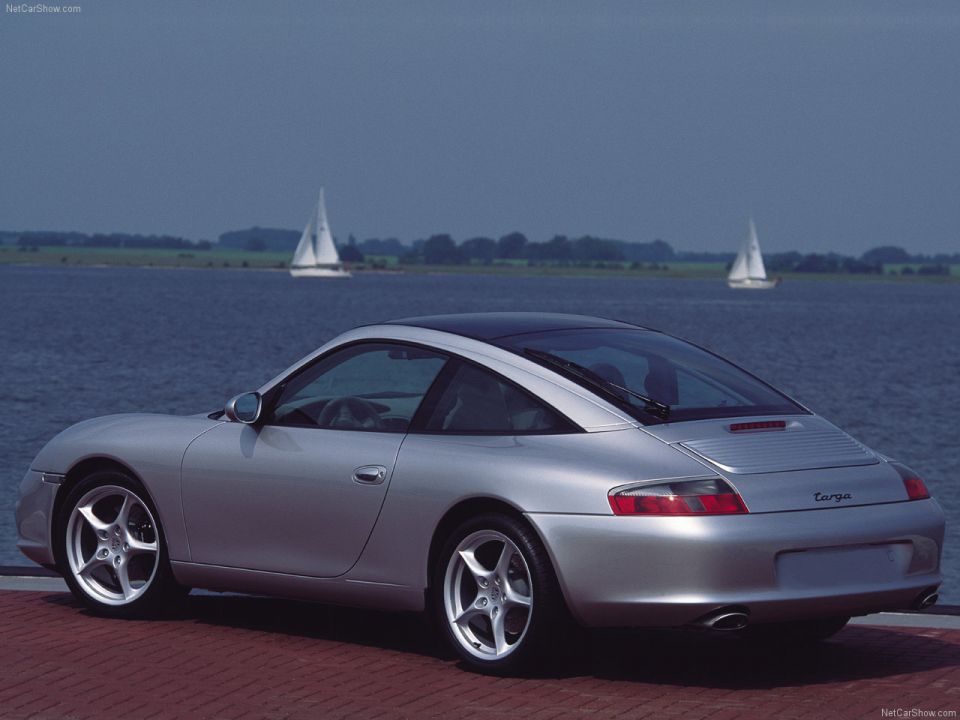
For the first time, the 996 generation moved onto water-cooled engines and an entirely new chassis.
The Targa arrived four years after the standard coupe and cabriolet 996 variants were released in 1998. It carried the same “greenhouse” panoramic glass roof with a rear screen that could be opened like a hatchback to store items in the small boot.
The 996 generation switched to a four-valve-per-cylinder engine as emission and noise regulations became more stringent.
When the 996 Targa launched in 2002, it came with a 3.6-litre engine yielding 235kW of power – matching a facelift of the standard Carrera variants in the same year.
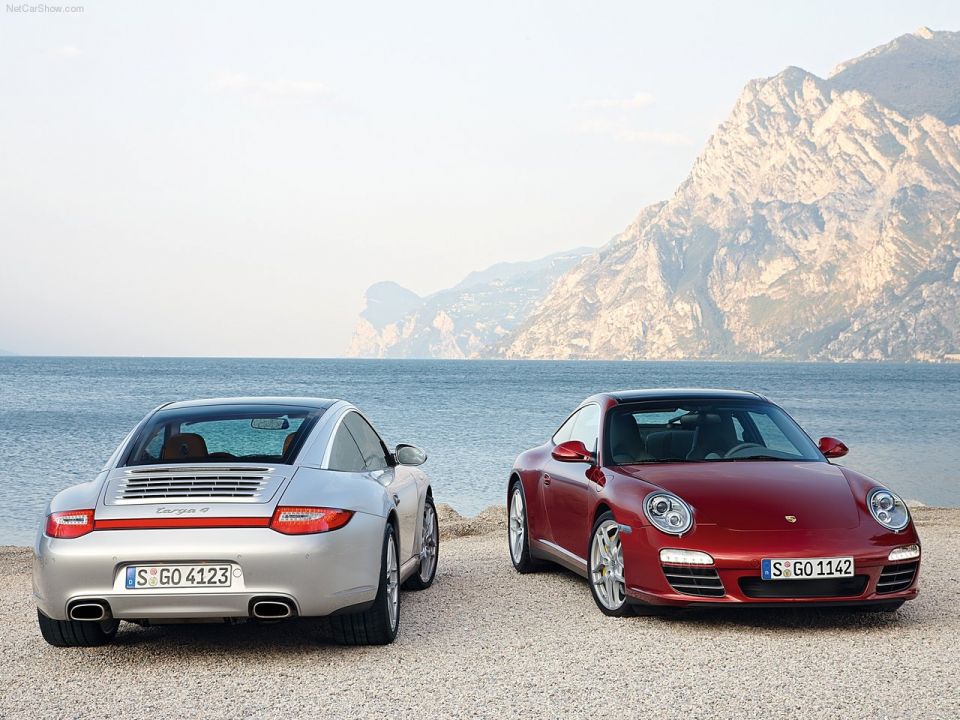
The 997 Targa was, again, released shortly after the coupe lobbed in 2005.
The Targa was only available in Carrera 4 and 4S variants which used a wider body shell. The glass roof system weighed 60kg more, and the Targa was available exclusively with all-wheel drive.
As a result, Targa models were slightly slower than their standard hardtop counterparts.
The roof could be opened at any speed, dropped down 25mm and slid 100cm underneath the rear window to become an open-top. Porsche also added a small glass deflector above the windscreen to improve aerodynamic stability.
The Targa 4 was powered by with a 3.6-litre engine outputting 239kW of power and 370 Nm of torque. Meanwhile, the Targa 4S had a 3.8-litre plant producing 265kW of power and 400Nm of torque.
An updated 997 Targa in 2008 even gained a special glass that repels UV rays from entering the interior. An optional dual-clutch PDK transmission was introduced in 2009, along with direct engine injection.
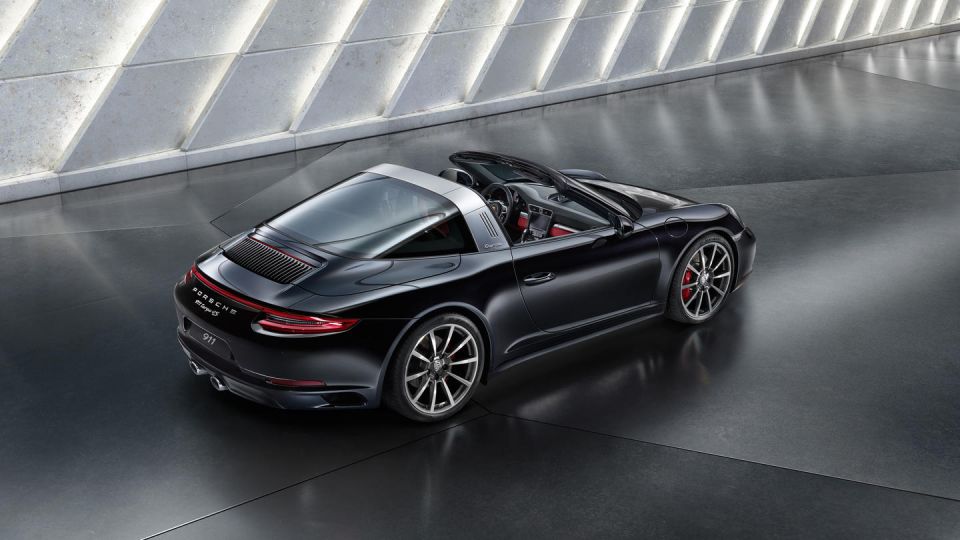
The 991-generation Targa returned back to its design origins with a roll bar B-pillar design, finished in brushed aluminium with three cosmetic gills on each side.
The fabric top stowed behind the rear seats using a complex electronic system. The 991 series was predominantly constructed from aluminium to save weight, and debuted a new platform with electronic power steering.
The carmaker carried the same Targa 4 and 4S nomenclatures and horizontally-opposed six-cylinder engines from as its predecessors, until a mid-life facelift debuted a downsized and turbocharged flat-six.
All models were all-wheel drive and matched to a new seven-speed manual or seven-speed PDK.
In 2017, Porsche announced a new 911 Targa GTS version for the first time.
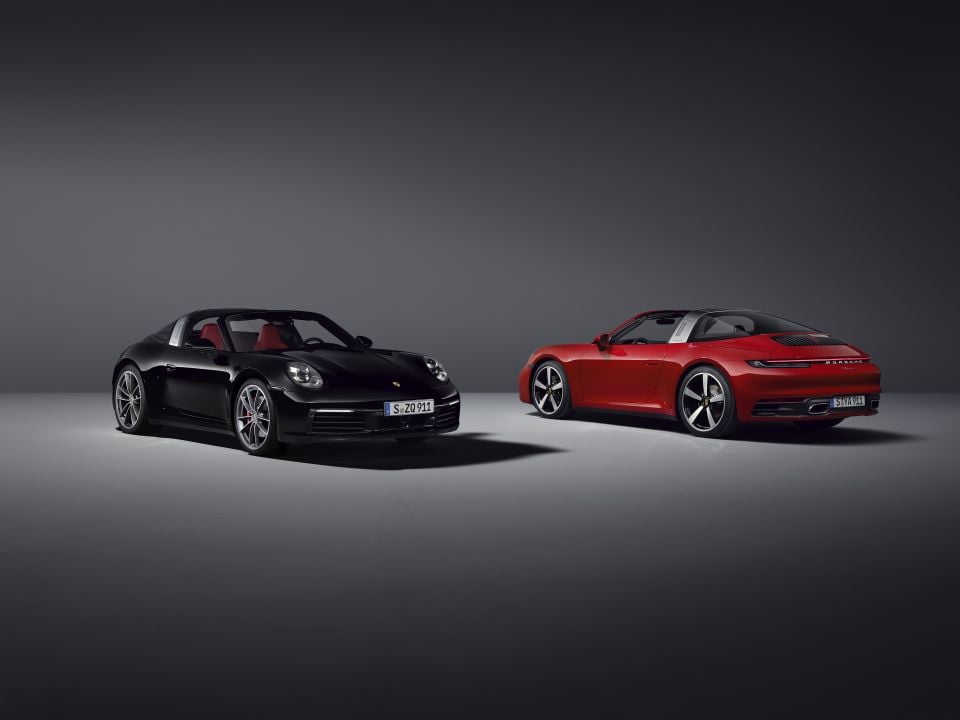
Announced for 2020, Targa is back with the same silver roll hoop, its obligatory gills, and a rear-engine design.
The latest Targa refines the roll hoop system of its predecessor rather the redefining it.
There’s also a manual wind deflector, though the Targa is still around 20kg heavier than the 911 Convertible depending on what options are fitted.
The 992-generation Targa 4 is driven by a 3.0-litre twin-turbocharged six-cylinder making 283kW of power and 450Nm of torque, while the Targa 4S produces a healthier 331kW of power and 530Nm of torque.
It’s sold with an eight-speed PDK dual-clutch transmission, and exclusively has all-wheel drive. The flagship 4S gets torque vectoring and an optional SmartLift system that elevates the nose in set GPS locations, avoiding unintended scrapes.
Unlike the first-generation 1964 model, the 992-generation 911 Targa is now pitched as a flagship design and technology statement, rather than a safer alternative to an open-top convertible to meet safety regulations.
Times have truly changed.
Where expert car reviews meet expert car buying – CarExpert gives you trusted advice, personalised service and real savings on your next new car.


Damion Smy
15 Hours Ago


William Stopford
2 Days Ago


CarExpert.com.au
5 Days Ago


Derek Fung
9 Days Ago
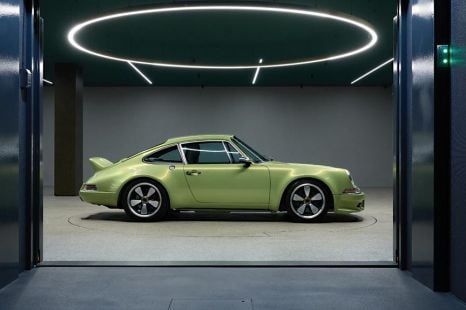

Marton Pettendy
25 Days Ago
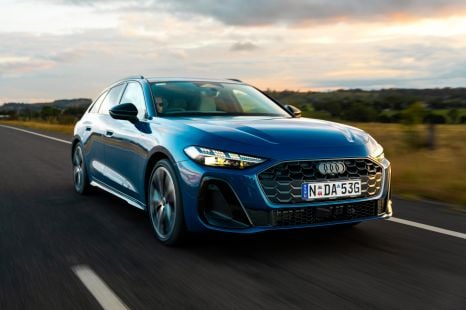

James Wong
1 Month Ago